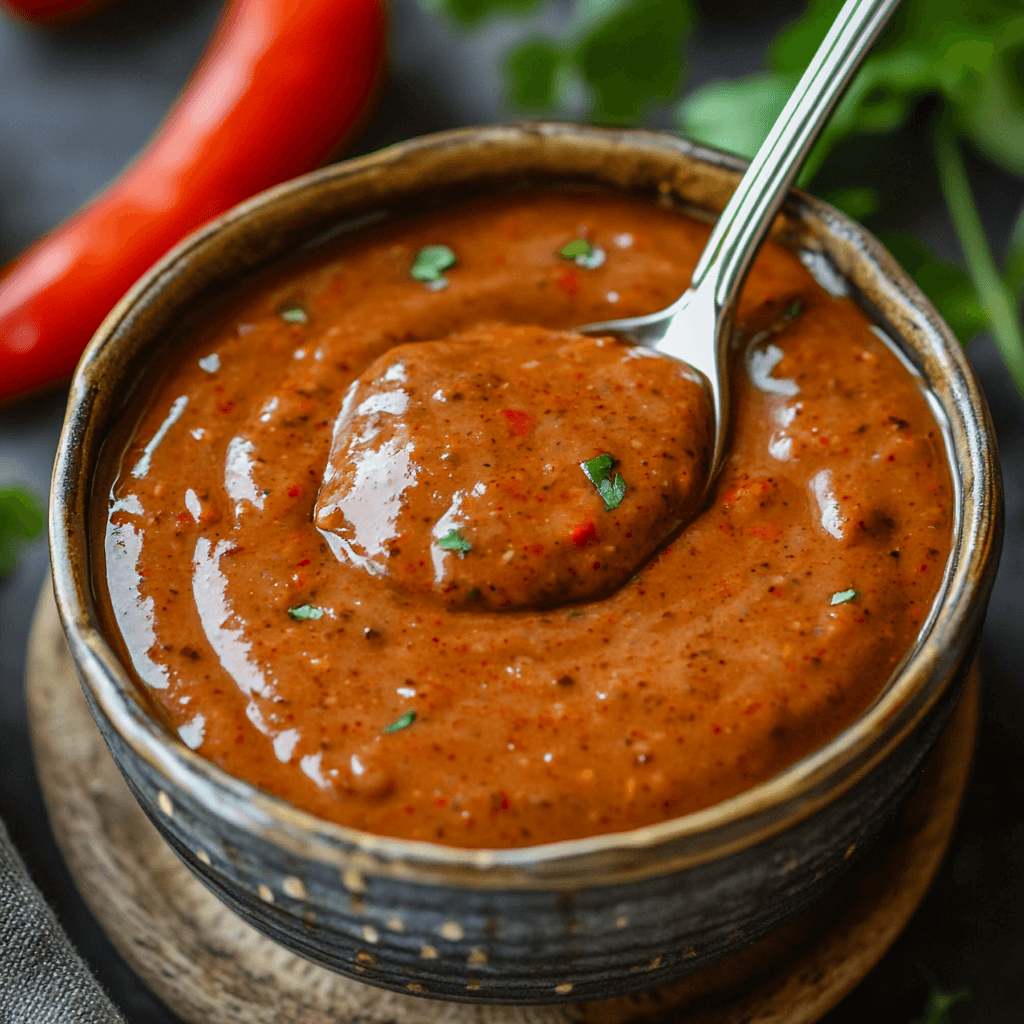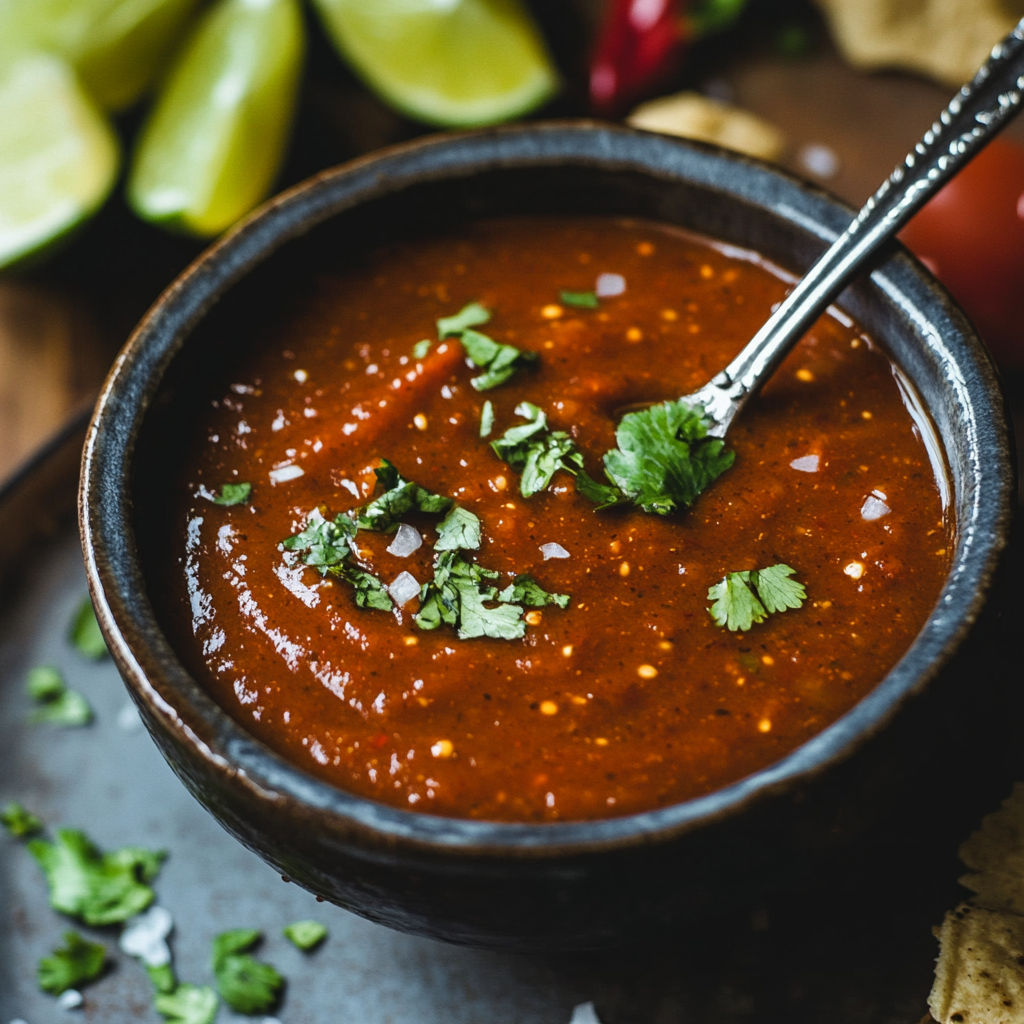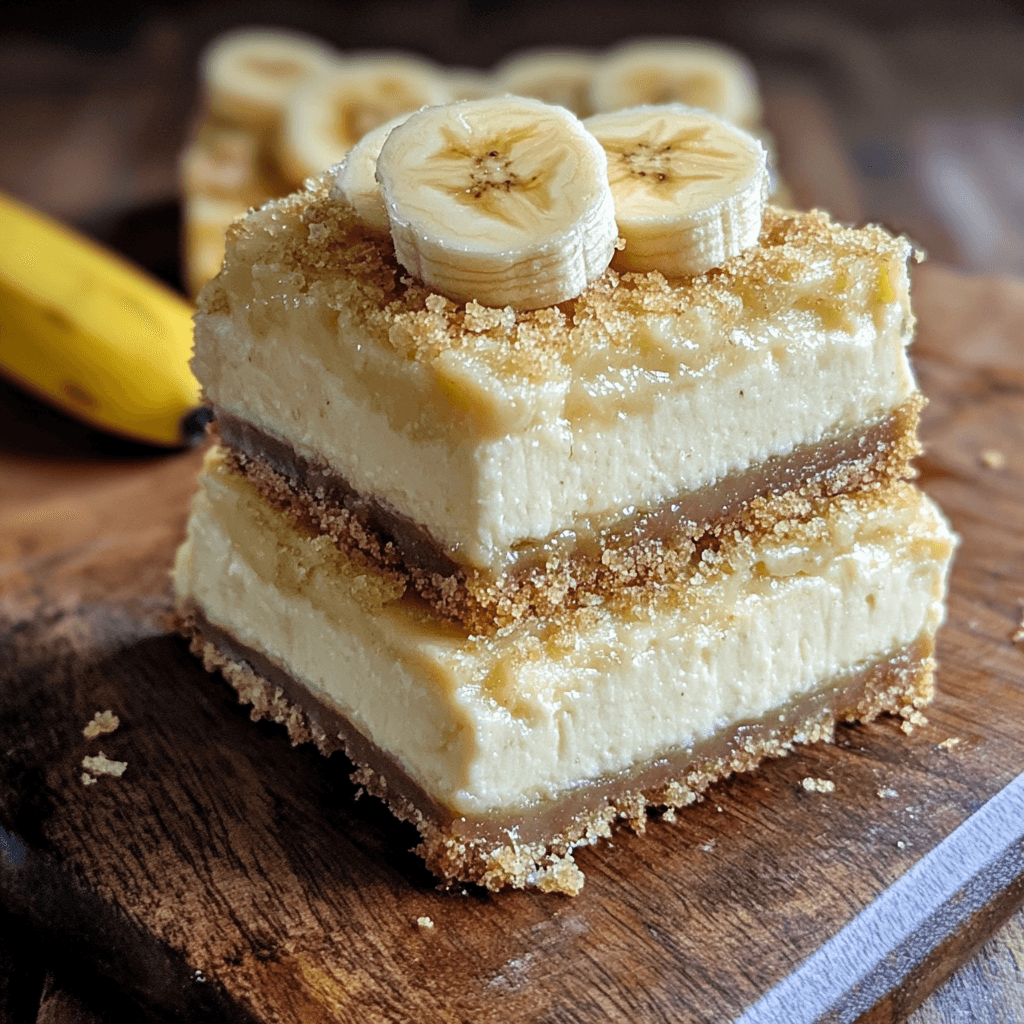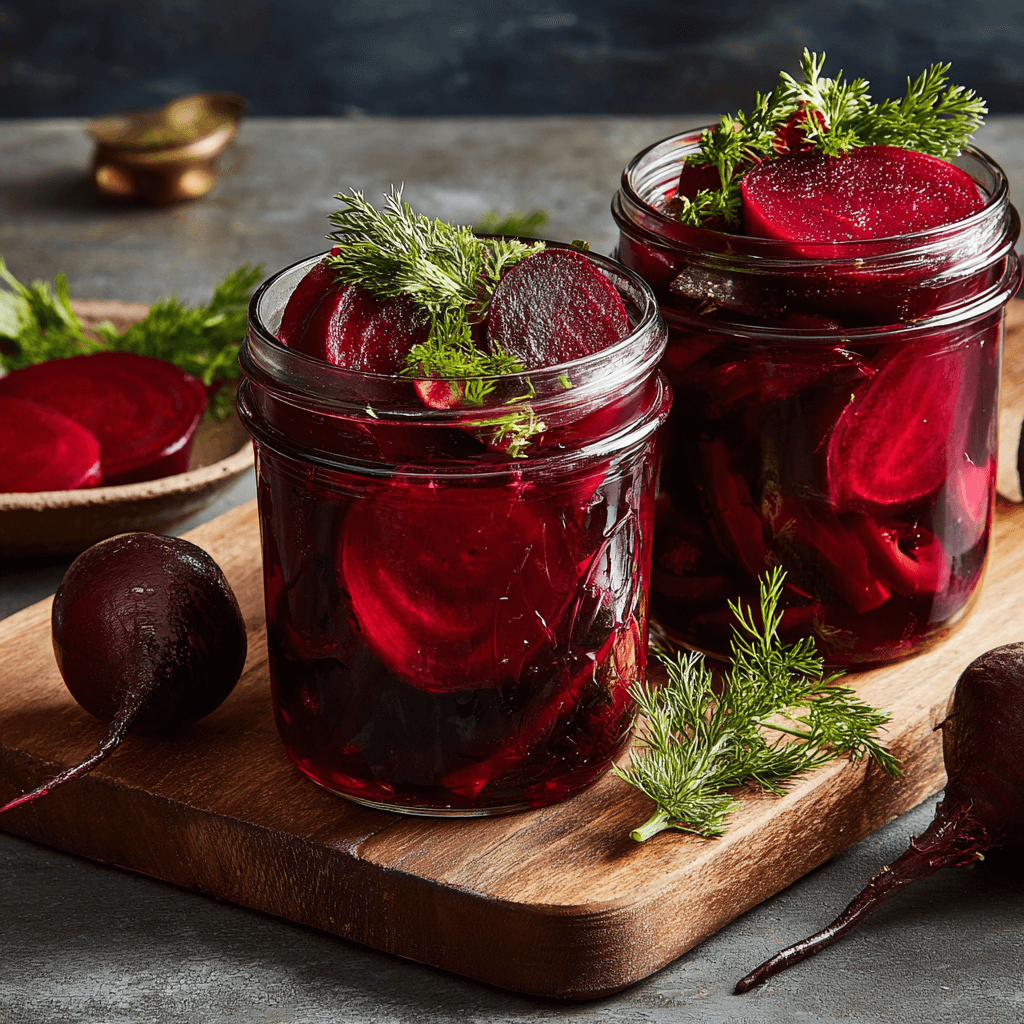Introduction to Chipotle Sauce
What Is Chipotle Sauce?
If you’re looking to elevate your meals, this homemade chipotle sauce recipe is the perfect addition. Smoky, creamy, and easy to make, this versatile sauce can be customized to suit your taste. Whether you prefer a mild flavor or a spicy kick, this recipe lets you create the perfect chipotle sauce for tacos, sandwiches, salads, and more.
History of Chipotle Peppers and Their Use in Sauces
Chipotle peppers are jalapeños that have been dried and smoked, a process first developed in ancient Mexico to preserve peppers. Over time, people began blending these smoky peppers with creamy bases, such as mayonnaise, to create chipotle sauce. As a result, this sauce has become a popular addition to many dishes, offering a mix of traditional and modern flavors.
Popularity of Chipotle Sauce Globally
Chipotle sauce is now enjoyed worldwide because of its unique flavor and versatility. For example, it pairs well with Mexican, American, and Mediterranean cuisines. Moreover, its smoky richness and moderate heat make it a favorite among both home cooks and chefs. Its ability to enhance a variety of recipes has solidified its status as a global favorite.
Key Ingredients for Chipotle Sauce
Core Ingredients: Chipotle Peppers, Mayonnaise, and Lime
The main ingredients for chipotle sauce are straightforward but impactful:
- Chipotle Peppers in Adobo Sauce: These peppers provide the signature smoky heat.
- Mayonnaise: Offers a creamy texture that balances the spice.
- Fresh Lime Juice: Adds brightness and tanginess, enhancing the overall flavor.
Together, these ingredients create a sauce that is simple to prepare yet full of flavor.
Optional Ingredients for Flavor Boost
To make the sauce even more personalized, you can try adding:
- Garlic: Adds a rich, savory note.
- Honey or Sugar: Softens the spice with a touch of sweetness.
- Cilantro: Brings a fresh, herbal element to the sauce.
- Greek Yogurt or Sour Cream: Makes the sauce tangier and reduces the heat.
These extras allow you to customize the sauce according to your taste and the dish you’re preparing.
Where to Find the Ingredients
You can easily find chipotle peppers in adobo sauce at most grocery stores in the Mexican food section. Additionally, fresh limes and good-quality mayonnaise are key for the best results. If you want a more authentic flavor, consider visiting a local Hispanic market, which often carries high-quality traditional ingredients.
By experimenting with these ingredients and customizing the recipe, you can create a chipotle sauce that perfectly enhances your favorite meals.
Choosing the Best Chipotle Peppers
Understanding Canned vs. Dried Chipotle Peppers
When it comes to chipotle peppers, you have two primary options: canned in adobo sauce or dried. Canned chipotle peppers, for instance, are convenient because they come packed in a flavorful adobo sauce that enhances the taste of your recipe. On the other hand, dried chipotle peppers offer a more concentrated smoky flavor but require soaking or rehydrating before use. While canned peppers are perfect for quick recipes, dried peppers allow more control over the flavor and consistency, making them ideal for sauces with a customized taste.
Flavor Profile of Smoked Peppers
Chipotle peppers are known for their smoky and earthy flavor, which makes them stand out from fresh or roasted chilies. Additionally, the smoking process adds a rich depth with a hint of sweetness that pairs perfectly with creamy or tangy ingredients like mayonnaise and lime. Therefore, their balance of heat and smokiness makes chipotle peppers a versatile choice for many recipes, including sauces, marinades, and stews.
Substitutes for Chipotle Peppers
If chipotle peppers are unavailable, there are several substitutes you can try:
- Smoked Paprika: Provides a similar smoky flavor, although it lacks the heat. You can add cayenne pepper to increase the spiciness.
- Ancho Chilies: These dried peppers deliver mild smokiness and can be rehydrated for a texture comparable to chipotle.
- Roasted Red Peppers with Cayenne: By blending roasted red peppers with a pinch of cayenne, you can mimic the flavor and texture of chipotle.
These alternatives, while slightly different, ensure you can still achieve a smoky and spicy profile in your dish.
Tools and Equipment Needed
Essential Kitchen Tools for Making Chipotle Sauce
To make chipotle sauce efficiently, you’ll need a few basic tools:
- Cutting Board and Knife: Essential for preparing ingredients like garlic and cilantro.
- Blender or Food Processor: Necessary for blending the sauce into a creamy consistency.
- Measuring Spoons: Ensures the perfect balance of spices and ingredients.
By having these tools ready, you can streamline the process and achieve great results every time.
Blenders vs. Food Processors: Which Is Better?
Choosing between a blender and a food processor depends on your desired sauce texture. For instance:
- Blender: Best for achieving a smooth and creamy texture, which is ideal for chipotle sauce.
- Food Processor: Better suited for thicker, chunkier sauces with more texture.
If you own both, the blender is often the better choice for this recipe. However, either tool can work well, depending on your preference.
Storage Containers and Tips
Proper storage is crucial to maintain the freshness of your chipotle sauce:
- Glass Jars: Airtight glass jars are highly recommended since they preserve the flavor and prevent odors.
- Plastic Containers: These are suitable for short-term storage, although they may absorb the strong flavors of the sauce over time.
- Labeling: Always label containers with the date to ensure you use the sauce while it’s fresh.
Additionally, store the sauce in the refrigerator for up to a week or freeze portions for longer-term use. With proper storage, your chipotle sauce will retain its bold flavor and creamy consistency, ready to enhance any meal.
Step-by-Step Instructions
Preparing the Ingredients
First, gather all your ingredients so the process runs smoothly. Rinse the chipotle peppers in adobo sauce if you want a milder smoky flavor. Chop extras like garlic, cilantro, or onions into smaller pieces to make blending easier. If using fresh lime juice, roll the lime on your counter before cutting it to release more juice. Preparing everything beforehand helps you create a consistent and delicious sauce.
Blending and Achieving the Right Texture
Add the chipotle peppers, mayonnaise, lime juice, and any extras like garlic or yogurt into a blender or food processor. Blend everything until the sauce is smooth and creamy. If it’s too thick, mix in a bit of water or lime juice to thin it out. On the other hand, if you prefer a chunkier texture, pulse the blender instead of running it nonstop. Adjusting the texture makes the sauce versatile for many dishes.
Adjusting Flavors to Suit Preferences
After blending, taste the sauce and tweak the flavors to fit your preference. If the sauce is too spicy, add more mayonnaise or sour cream to tone it down. If it tastes flat, squeeze in more lime juice for brightness. For a smokier kick, blend in another chipotle pepper or a sprinkle of smoked paprika. These small adjustments ensure the sauce fits your exact taste.
Variations of Chipotle Sauce
Vegan and Dairy-Free Options
To make a vegan or dairy-free version, swap the mayonnaise with plant-based options like vegan mayo or silken tofu for a creamy base. Coconut yogurt or cashew cream also work well as substitutes, giving the sauce a rich, tangy flavor without dairy. This way, everyone can enjoy the sauce regardless of dietary restrictions.
Adding Spice for Heat Lovers
For extra heat, add spicier ingredients to the mix. Blend in an extra chipotle pepper, a fresh jalapeño, or a pinch of cayenne. You could also stir in a splash of your favorite hot sauce for an extra fiery kick. These changes are great for those who enjoy bold and spicy flavors.
Sweet and Smoky Combinations with Honey or Sugar
If you want to balance the spice, try adding a little sweetness. A teaspoon of honey, brown sugar, or maple syrup can bring out the smoky flavor and create a sweet-spicy balance. This variation pairs well with grilled meats, roasted vegetables, or fried snacks. It’s a simple way to make the sauce even more unique.
By following these steps and trying these variations, you can create a chipotle sauce that’s easy to make, delicious, and perfect for any meal.
Common Mistakes to Avoid
Overpowering Flavors
One of the most common mistakes when making chipotle sauce is using too many strong ingredients that overwhelm the balance of flavors. For example, adding too many chipotle peppers can make the sauce excessively smoky or spicy. Similarly, too much garlic or lime juice can overpower the creamy base. To avoid this, add strong flavors gradually and taste as you go. This ensures the sauce remains balanced and versatile.
Using Low-Quality Ingredients
Chipotle sauce relies on a few key ingredients, so their quality makes a big difference. Using stale or low-quality chipotle peppers or bottled lime juice can result in a dull-tasting sauce. Instead, opt for fresh lime juice, premium mayonnaise, and authentic chipotle peppers in adobo sauce to enhance the overall flavor. High-quality ingredients ensure a rich and vibrant sauce that elevates any dish.
Incorrect Storage Methods
Improper storage can shorten the lifespan of your chipotle sauce or alter its flavor. Always store the sauce in an airtight container to prevent it from absorbing other odors in the fridge. Glass jars are ideal because they maintain the sauce’s freshness better than plastic containers. Label the container with the date and consume within a week. For longer storage, freeze the sauce in small portions, ensuring it retains its flavor and texture when thawed.

Pairing Chipotle Sauce with Dishes
Best Foods to Complement Chipotle Sauce
Chipotle sauce pairs beautifully with a variety of dishes. Drizzle it over tacos, burritos, or quesadillas for a smoky kick. It’s also a great topping for burgers, sandwiches, or roasted vegetables. Additionally, use it as a dip for fries, onion rings, or fresh veggies. Its creamy, smoky flavor complements both simple and bold dishes, making it a versatile addition to any meal.
Creative Uses: Marinades, Dressings, and Dips
Beyond being a condiment, chipotle sauce works well in other roles:
- Marinades: Use it to coat chicken, shrimp, or tofu before grilling for a smoky and spicy flavor.
- Dressings: Mix chipotle sauce with olive oil and a splash of vinegar to create a zesty salad dressing.
- Dips: Combine with sour cream or yogurt for a lighter dip, perfect for chips or veggies.
These creative uses allow you to incorporate chipotle sauce into various dishes beyond its traditional uses.
Chipotle Sauce in International Cuisines
While rooted in Mexican cuisine, chipotle sauce has found its way into international dishes. For instance, add it to Mediterranean wraps for a smoky twist or use it as a dipping sauce for Asian spring rolls. It also works well in fusion recipes like chipotle-spiced pasta or pizza. This adaptability shows how chipotle sauce can enhance flavors in cuisines from around the world.
By avoiding common mistakes and exploring creative pairings, you can enjoy chipotle sauce in countless ways while elevating your culinary creations.
Tips for Perfecting Chipotle Sauce
Balancing Smokiness, Tanginess, and Spice
To get the perfect flavor in chipotle sauce, balance its smoky, tangy, and spicy elements. Start with a small amount of chipotle peppers in adobo sauce and add more as needed to avoid overpowering the other flavors. For tanginess, squeeze fresh lime juice gradually, tasting as you go. If the sauce is too spicy, mix in extra mayonnaise or yogurt to mellow the heat. Adjusting the flavors step by step ensures the sauce is balanced and enjoyable.
Making the Sauce Ahead for Better Flavor
Chipotle sauce gets better when the ingredients have time to blend. To enhance its flavor, make the sauce at least 30 minutes before serving. Even better, refrigerate it overnight to allow the smokiness and tanginess to combine smoothly. This simple step can take your sauce from good to great.
Storing for Long-Term Use
Proper storage keeps your chipotle sauce fresh for longer. Use an airtight container, like a glass jar, to seal in the flavors. Store the sauce in the fridge and use it within a week for the best taste. If you want to keep it longer, freeze it in small portions, such as in an ice cube tray. This way, you can thaw only what you need, keeping the rest fresh for later use.
Frequently Asked Questions (FAQs)
How Do You Make Chipotle from Scratch?
To make chipotle peppers from scratch, start with fresh jalapeños. Smoke them over low heat until they are dry and take on a rich, smoky flavor. Once dried, they become chipotle peppers, which you can store as-is or pack in a tangy adobo sauce made from vinegar, garlic, and spices.
What Is the Closest Sauce to Chipotle Sauce?
The closest sauce to chipotle sauce is spicy aioli or smoky barbecue sauce. Both have a creamy or tangy base that you can adjust with smoked paprika or cayenne to mimic chipotle’s flavor. These substitutes may not capture the exact smokiness of chipotle peppers, but they work well in similar dishes.
What to Use Chipotle Sauce For?
Chipotle sauce is incredibly versatile. Use it as a topping for tacos, burritos, or grilled vegetables. Spread it on burgers and sandwiches for extra flavor, or serve it as a dip for fries, chips, or onion rings. You can also mix it into marinades or dressings to give salads or grilled dishes a smoky kick.
Is Chipotle Sauce Mexican?
Chipotle sauce has its roots in Mexican cooking because it uses chipotle peppers, a traditional Mexican ingredient. However, the creamy version of chipotle sauce made with mayonnaise or yogurt is more of a global fusion recipe. While it is inspired by Mexican flavors, it has been adapted to suit tastes worldwide.
By using simple, fresh ingredients and following these tips, you can create a delicious chipotle sauce that’s easy to make and perfect for any dish.
What’s the best way to store leftovers?
Keep leftovers in an airtight container in the fridge for up to 4 days. Reheat in the microwave or oven until hot and bubbly. For food safety tips, refer to USDA guidelines on leftovers .
Nutritional Breakdown of Chipotle Sauce
Calories and Macronutrient Analysis
Chipotle sauce is a flavorful addition, but its calorie and macronutrient content can vary based on the recipe. A typical homemade chipotle sauce made with mayonnaise contains approximately:
- Calories: 100–120 per tablespoon
- Fat: 10–12 grams, mostly from the mayonnaise
- Carbohydrates: 1–2 grams, depending on added sweeteners
- Protein: Less than 1 gram
While chipotle sauce is rich in flavor, it’s best enjoyed in moderation due to its calorie and fat content.
Comparing Homemade and Store-Bought Sauces
Homemade chipotle sauce allows you to control the ingredients, making it a healthier option than most store-bought versions. Many pre-packaged sauces include preservatives, added sugars, and higher sodium levels to extend shelf life. By making it at home, you can use fresh ingredients, reduce salt, and avoid artificial additives, resulting in a fresher and more nutritious sauce.
Tips for Making a Low-Calorie Version
To make a lighter version of chipotle sauce, try these adjustments:
- Use Greek Yogurt: Replace some or all of the mayonnaise with low-fat Greek yogurt for fewer calories and added protein.
- Choose Light Mayo: Opt for reduced-fat mayonnaise to lower the fat content while keeping the creamy texture.
- Skip Added Sugars: Avoid adding sweeteners like honey or sugar, or replace them with a natural alternative like stevia.
These simple changes can help you enjoy the bold flavors of chipotle sauce without adding too many extra calories.
Cultural Significance of Chipotle Sauce
Role of Chipotle Sauce in Mexican Cuisine
Chipotle sauce has its roots in traditional Mexican cooking, where chipotle peppers are often used to add smokiness and heat to dishes. While creamy chipotle sauce is not a traditional preparation, the flavors are inspired by Mexican culinary practices that emphasize bold and layered tastes. In Mexico, chipotle peppers are commonly found in salsas, stews, and marinades, serving as a versatile and flavorful ingredient.
How It Gained Popularity in Modern Cooking
Chipotle sauce rose to fame in global cuisine due to its adaptability and rich flavor. Fast-casual restaurants and food chains, such as Chipotle Mexican Grill, helped popularize the sauce as a condiment for burritos, tacos, and bowls. Additionally, its combination of creamy texture and smoky heat made it a favorite among home cooks and chefs looking to add depth to their dishes.
Fusion Dishes with Chipotle Sauce
Chipotle sauce has also become a staple in fusion cuisine, blending flavors from different culinary traditions. For example:
- Chipotle Mayo Sushi Rolls: Adds a smoky kick to traditional Japanese rolls.
- Chipotle Burgers: Combines American-style burgers with the boldness of chipotle sauce.
- Chipotle Pasta: A creamy, smoky twist on classic Italian pasta dishes.
These fusion dishes showcase the versatility of chipotle sauce and its ability to enhance a wide range of flavors, making it a global favorite.
By understanding its nutritional content and cultural significance, you can appreciate chipotle sauce not just as a condiment but as a key element in both traditional and modern cooking.
How to Scale the Recipe for Gatherings
Adjusting Ingredient Quantities for Large Batches
When scaling a chipotle sauce recipe for a crowd, it’s important to maintain the flavor balance. Start by multiplying each ingredient proportionally to match the desired batch size. For example, if your original recipe serves four and you’re serving 20, multiply all ingredients by five. Use a larger blender or food processor to accommodate the increased volume, or prepare the sauce in smaller batches to ensure consistency. Always taste the sauce as you go to make minor adjustments if needed.
Serving Tips for Parties and Events
For parties or gatherings, consider serving chipotle sauce in a variety of ways to suit different preferences. Provide it as a dip alongside chips, veggies, or fries. You can also use it as a drizzle for tacos, sliders, or roasted vegetables. Offering the sauce in multiple serving styles ensures your guests can enjoy it with a variety of foods, making it a versatile addition to the menu.
Presentation Ideas for a Professional Touch
Elevate the presentation of your chipotle sauce by serving it in small bowls or ramekins with decorative garnishes like a sprinkle of paprika or a lime wedge on the side. If the sauce is part of a buffet, use a squeeze bottle for neat and easy drizzling over dishes. Label the sauce with an elegant tag or chalkboard sign to add a polished and professional touch. Small details like these enhance the overall dining experience for your guests.
To enhance the article about “Chipotle Sauce Recipe,” consider linking to related recipes and guides from the same site. For instance, when discussing variations of creamy sauces, you can link to The Ultimate Guide to Cane’s Sauce Recipe to provide readers with another smoky and versatile sauce option. Additionally, while highlighting chipotle sauce’s role in Mexican-inspired dishes, suggest The Ultimate Chicken Tacos Recipe: A Complete Guide as a perfect pairing idea. Finally, for those interested in spicy condiments, include a reference to The Ultimate Guide to Hot Sauce Recipe to explore a more intense and fiery alternative. These internal links will improve navigation, encourage further exploration, and boost engagement on your site.
Conclusion
Why Homemade Chipotle Sauce Is Better Than Store-Bought
Making chipotle sauce at home is better than buying it from the store. You can control the ingredients, ensuring freshness and better quality. Additionally, homemade sauce allows you to skip unnecessary preservatives and focus on natural flavors. Its rich, smoky taste is unmatched, giving your meals a unique and satisfying boost.
Encouragement to Experiment with Flavors
Homemade chipotle sauce offers endless possibilities for customization. You can add a little honey for sweetness or squeeze in extra lime juice for tanginess. For those who love spice, blend in more chipotle peppers or a touch of cayenne. Experimenting with flavors helps you create a sauce that matches your taste perfectly.
Final Tips for Success
To make the best chipotle sauce, taste it as you go and adjust the ingredients little by little. Always use fresh, high-quality ingredients for the best flavor. Let the sauce rest in the fridge for at least 30 minutes before serving to let the flavors blend. Lastly, store it in a sealed container to keep it fresh and ready to use.
With these simple tips, you can enjoy a delicious chipotle sauce that elevates any dish. Have fun making it, and let your creativity shine in the kitchen!





